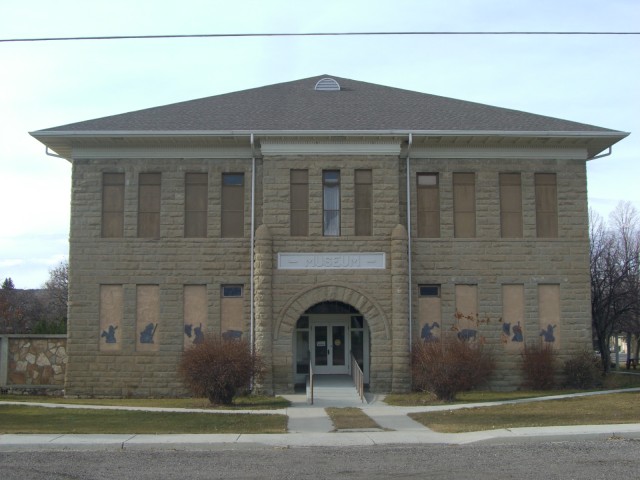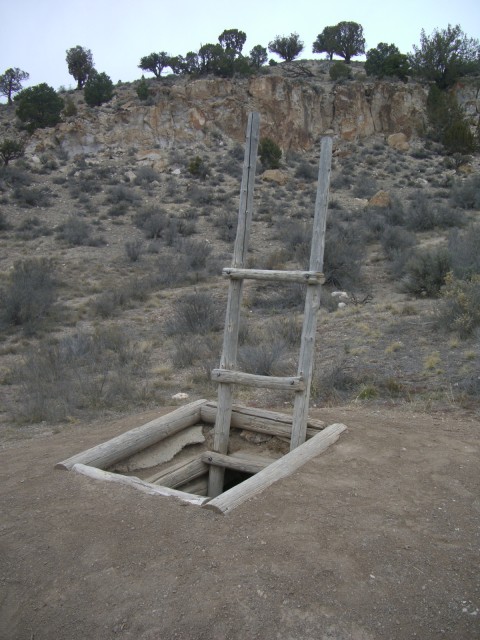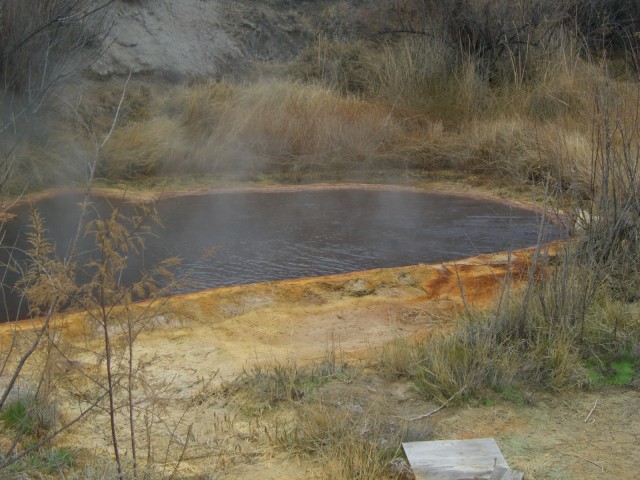December 30, 2014
For immediate release
WHAT: Native American presence in the MPNHA.
WHEN: Deadline not specified
WHERE: Mormon Pioneer National Heritage Area
CONTACT: Monte Bona, MPNHA Exec. Director – (801) 699-5065
EMAIL: montebona@hotmail.com
WEBSITE: https://www.mormonpioneerheritage.org, www.uen.org.
FACEBOOK: Mormon Pioneer National Heritage Area
Native American Heritage and Presence
By: Steven J. Clark
Richfield, UT: A trip down the Mormon Pioneer Heritage Highway (U.S. Hwy 89) not only puts travelers in touch with rural settings that harken back to the earliest days of our pioneer roots, but also allows travelers a brush with history that extends much farther back.
Monte Bona, Executive Director of the MPNHA, says that the Highway 89 corridor is home to a rich Native American history, dating back thousands of years. “We want to view the Native American influence in the MPNHA not just in its historical context,” Bona said, “but also in the context of how their culture and traditions contribute to our society today.”
Just one block east of Highway 89, at Fairview, UT, is the Fairview Museum that houses, among other things, the huge skeleton of a prehistoric Mammoth, found during the excavation of Huntington Reservoir. The skeleton is the centerpiece of the museum, but in the surrounding halls is one of the state’s best collections of pictures and artifacts detailing the presence of a significant population of Native Americans, primarily Paiutes, in Sanpete Valley.
|
|
Further south, the Sevier Valley has both an ancient and a modern Native American history. The ancient part is preserved at the Fremont Indian State Park, located on Interstate 70, a few miles west of the Highway 89 turnoff to Panguitch. The museum houses artifacts and presents displays of the ancient Fremont’s living conditions, while the park’s hiking trails lead to preserved petroglyphs and the ruins of ancient building structures. Fremonts are thought to have inhabited the area at approximately the same time the Anasazi cultures flourished further south and east in Arizona and New Mexico.
Sevier Valley’s contemporary Indian history is reflected by the presence of the Koosharem Band of Paiute Indians, who occupy two communities in the county. The first is a collection of homes found right in the heart of Richfield City. Were it not for the sign on the east side of North Main Street that declares the presence of a small, subdivision-size reservation, few would even know of its presence.
Travelers on Interstate 70 at Joseph, UT see a collection of seven or eight homes on the west side of the freeway and assume it’s just a far-flung subdivision someone from Joseph decided to develop. But it’s actually reservation land, and the homes are occupied by Koosharem Band Paiute families.
There are special places near the town of Monroe, in Sevier County, where hot mineral water bubbles out of the ground. They are marked from a distance by the yellow and gold colored soil and rocks that show the mineral traces left by the hot springs over millennia. One spring is commercially developed and calls itself Mystic Hot Springs. The other is only slightly developed, with soaking tubs and a fire pit.
Historians say that prehistoric Indians considered the unique water features to be sacred, as evidenced by the rock art, artifacts and ruins found in the area. In more modern times, Mormon pioneers used the water for soaking pools, with many users claiming that the water had special healing properties.
According to Bona, the MPNHA, is consulting with Native Americans in the area regarding the organization’s intent to develop an interpretive center at one of the hot springs. “Native Americans used these hot springs long before Mormon pioneers arrived,” he said. “We want to be sure we treat them with the dignity and respect they deserve, not just from our viewpoint, but also from theirs.”
At the extreme southern end of the MPNHA, Highway 89 Alt, brushes past the Kaibab Paiute Band Reservation at Kanab, Utah’s sister city, Freedonia, AZ, while the regular Highway 89 route through Page, AZ, crosses into to the vast Navajo reservation and skirts the Hopi reservation that is completely surrounded by the Navajo homeland.
Bona says that he hopes the MPNHA signs placed along Highway 89 will put travelers in mind of the fact that there is not just a Mormon pioneer history in the area, but also an important native peoples’ history as well.
(Uncropped, unenhanced images are available upon request in electronic format (.jpeg)). MPNHA is if federally recognized, non-profit organization dedicated to education and historic preservation within the MPNHA)



